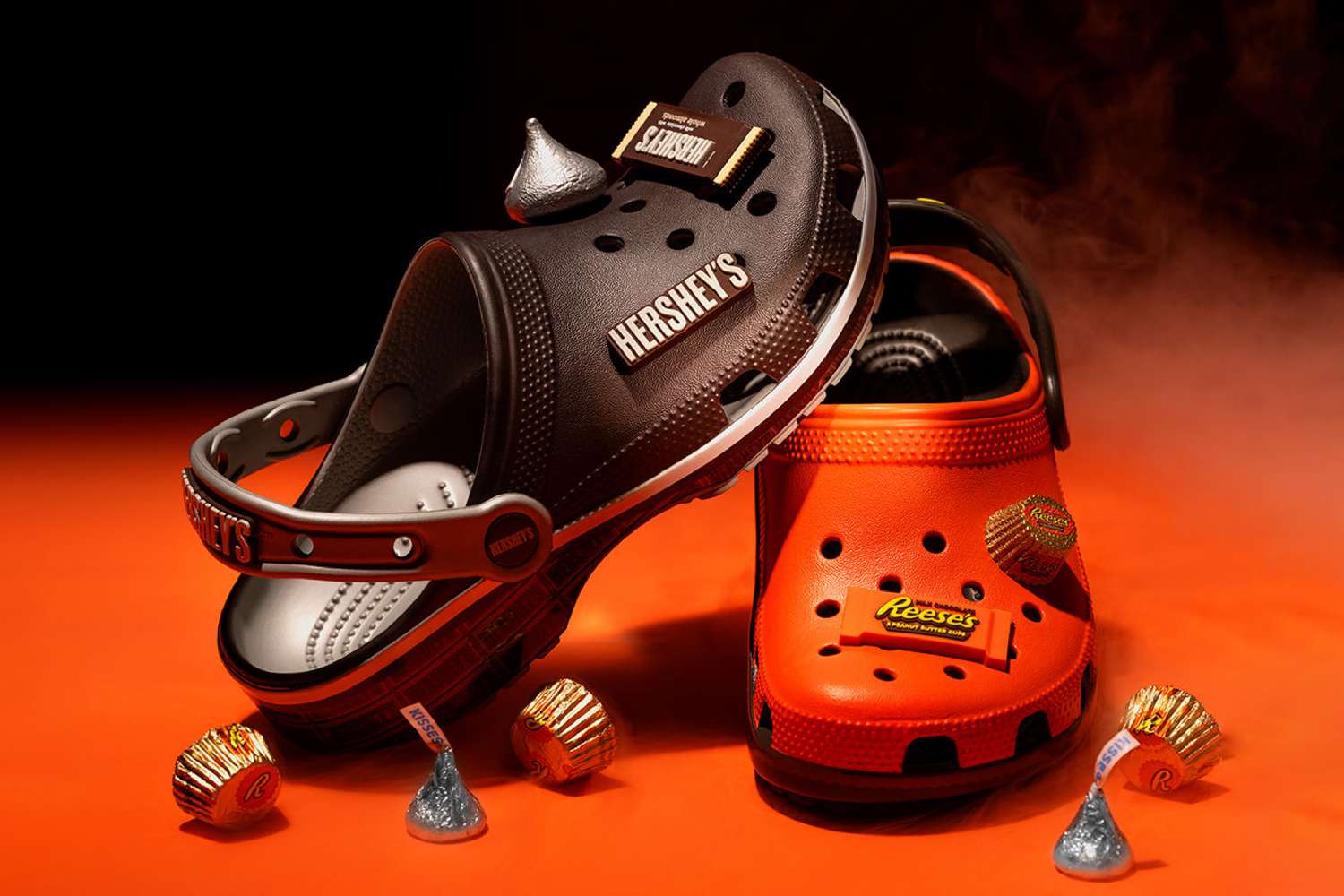Introduction to Crocs
Crocs have become a staple in casual footwear, loved by many for their comfort and unique style. But as they sit on our feet, some might wonder if these colorful clogs offer more than just fashion and functionality. The question lingers: do Crocs have nutritional value? It’s an intriguing thought that leads us down a rabbit hole of quirky inquiries about what we wear versus what we eat. Let’s dive into the world of Crocs—where fashion meets food—or does it? Join us as we explore this unusual topic and uncover the truth behind these beloved shoes!
The Controversy Around Crocs’ Nutritional Value
The debate surrounding Crocs and their nutritional value is as colorful as the shoes themselves. Some people humorously wonder if these iconic foam clogs could actually be edible, sparking a wave of memes and jokes online.
While it’s clear that Crocs are designed for comfort rather than consumption, many enjoy playfully pondering their potential benefits. The lighthearted discussions often blur the line between fashion and food, leaving some to question whether they might hold any real sustenance.
Critics argue that comparing footwear to food diminishes serious conversations about nutrition. Yet this quirky controversy continues to capture attention across social media platforms, inviting laughter while raising eyebrows at the same time.
In a world where everything seems up for interpretation, especially when it comes to trends and lifestyle choices, Crocs remain an unusual focal point in the quest for understanding nutritional values—albeit one best approached with humor.
What Do Experts Say?
Experts are clear: Crocs, the popular foam clogs, do not possess any nutritional value. Their design and material focus on comfort and practicality rather than edibility.
Nutritionists emphasize that Crocs are made from a type of resin called Croslite. This synthetic material is lightweight and durable but lacks essential nutrients like vitamins or minerals.
Some food scientists even joke about their inedible nature, highlighting how they’re meant for feet, not for feasting. The consensus remains firm—wearing them provides no dietary benefits whatsoever.
This clarity doesn’t stop enthusiasts from enjoying their bright colors and unique style. However, discussions about their culinary potential remain purely humorous among experts.
Nutritional Facts of Crocs
When exploring the nutritional facts of Crocs, it’s essential to clarify one crucial point: Crocs are footwear, not food. Made from Croslite material, they provide comfort and support but lack any edible components.
These shoes are designed for durability and functionality rather than nutrition. They don’t contain vitamins, minerals, or calories. Essentially, wearing them offers no dietary benefits.
Interestingly enough, some might joke about their “nutritional value” based on how many people savor the style or comfort they bring. However, that’s purely subjective and has nothing to do with actual nutrition.
In short, if you’re searching for a snack or meal replacement in your pair of Crocs, it’s best to look elsewhere!
Benefits of Eating Crocs
While the idea of eating Crocs might sound absurd, let’s explore some whimsical benefits if one were to entertain this notion.
First off, Crocs are made from a lightweight material. This means they would likely be easy to chew and digest in theory. The unique foam structure could offer an unusual texture experience for adventurous eaters.
Another potential benefit lies in their vibrant colors. If these shoes somehow contained edible dyes, it could add a fun visual aspect to meals. Eating colorful food is often associated with better nutrition—though that doesn’t quite apply here!
There’s the novelty factor. Sharing stories about “eating Crocs” could spark hilarious conversations at dinner parties or social gatherings. It would certainly make for memorable anecdotes!
Risks and Considerations
While curiosity about Crocs’ nutritional value can be intriguing, there are significant risks to consider. First and foremost, Crocs are made from Croslite™, a closed-cell resin material. This substance is not meant for consumption.
Eating non-food items can lead to gastrointestinal distress. Symptoms may include nausea, vomiting, or more severe digestive issues. These outcomes pose serious health risks that should never be taken lightly.
Additionally, the allure of novelty might tempt adventurous eaters into dangerous territory. The potential for choking hazards exists with any non-edible object.
Misinformation can spread quickly in today’s digital age. Relying on unverified sources could lead someone down an unhealthy path concerning dietary choices regarding unconventional items like Crocs. Always prioritize safety and stick to foods specifically designed for human consumption when looking to nourish your body.
Conclusion
When considering the question of whether Crocs have nutritional value, it’s essential to recognize that these footwear items are not meant for consumption. They serve a different purpose entirely—providing comfort and functionality as shoes.
While it might be tempting to joke about their “nutritional” benefits, the reality is clear: Crocs are made from foam resin and other synthetic materials, which do not provide any dietary benefits. Eating them could pose serious health risks instead of offering any advantages.
Understanding this distinction can help consumers appreciate Crocs for what they truly are—a versatile shoe option suitable for various activities. Focus on nourishing your body with appropriate foods while enjoying your favorite pair of Crocs during everyday adventures.

Leave a Reply